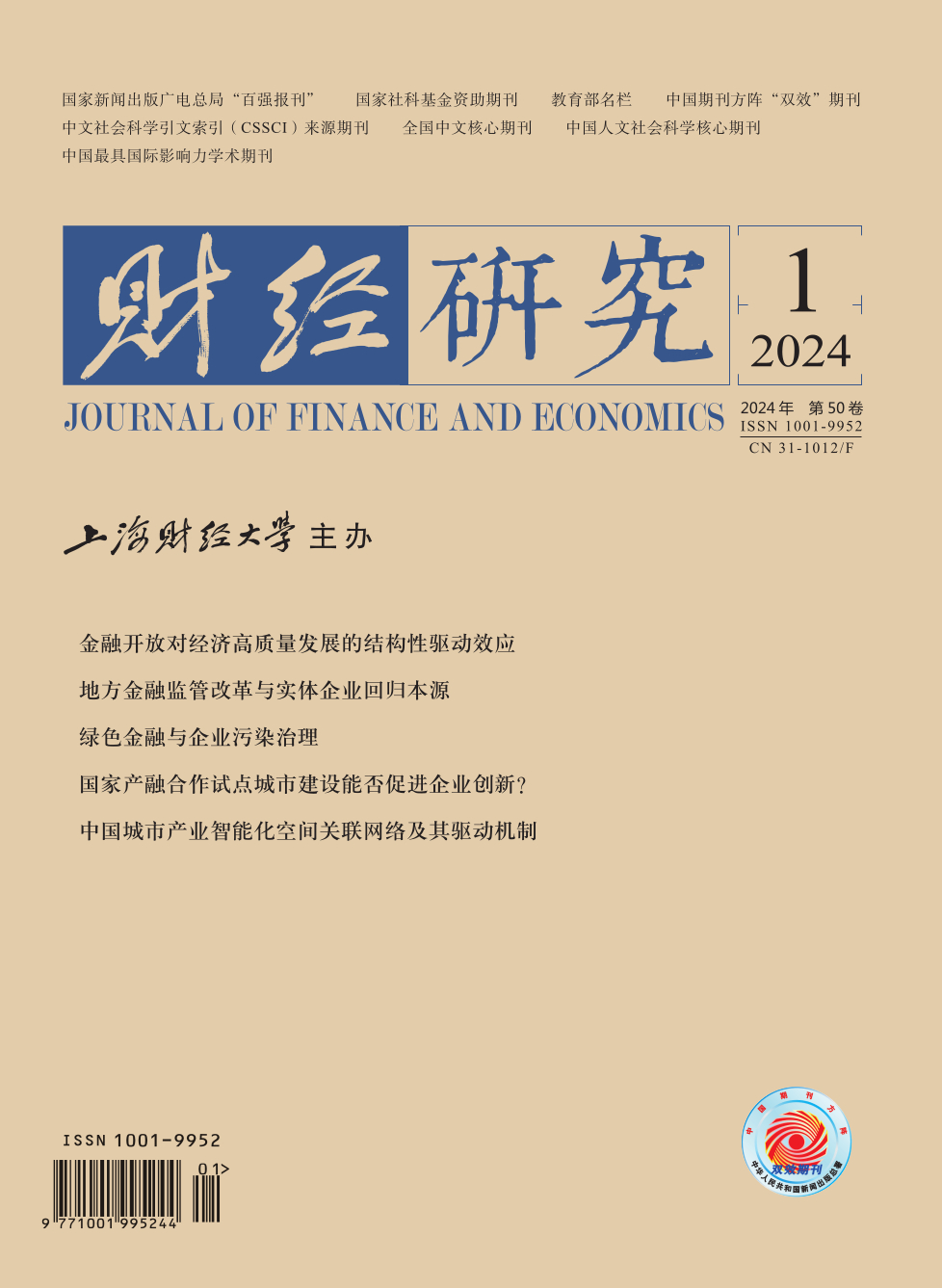Continuously reducing market transaction costs is one of the main objectives of building a unified national market. From the market microstructure perspective, non-productive expenditure (NPE) is a typical and universal transaction cost. In the continuous improvement of the socialist market economy, local governments have become an essential force in allocating key factor resources and shaping the regional business environment. Since government service efficiency needs to be improved and the mechanism of policy implementation and adjustment could be better, the interaction between enterprises and local governments may be accompanied by a series of NPE. With the development of digital technologies, digital government construction (DGC) is becoming a new engine for transforming government functions and promoting the modernization of the national governance system and capacity. However, empirical studies have not systematically investigated the impact and mechanism of DGC on enterprises’ NPE.
Based on China’s A-share listed companies from 2016 to 2019, this paper uses the “government affairs index” of big data development to describe the level of DGC in each region and empirically evaluates the impact and mechanism of DGC on enterprises’ NPE. The results show that DGC significantly reduces enterprises’ NPE. In addition, the inhibition effect of DGC on enterprises’ NPE is more substantial for non-state-owned enterprises, government-regulated industries, enterprises with a higher degree of digital transformation, and regions with a higher level of information infrastructure. Mechanism testing shows that the reduction effect of DGC on enterprises’ NPE weakens with the improvement of government service efficiency, and DGC significantly improves the tax environment faced by enterprises. The findings indicate that improving government service efficiency is an essential mechanism that DGC reduces enterprises’ NPE.
The contributions of this paper are as follows: First, it enriches the empirical literature on the determinants of enterprises’ NPE, providing new evidence for evaluating the microeconomic effect of government digital transformation. Second, it clarifies and tests the internal mechanisms of DGC affecting non-productive activities of enterprises, providing a new perspective for examining the economic consequences of government-enterprise interactions in the context of economic transformation. Third, it provides policy reference for stimulating the vitality of market players and improving the efficiency of market operation. The study shows that DGC is not only an inherent requirement for innovating the concept of government governance, but also an essential basis for consolidating the micro foundation of economic development efficiency reform.





 2574
2574  2313
2313

